Heads up, RTX 40-series owners: Your warranty is about to expire. Or, at least, warranties for RTX 40-series GPUs will start expiring in a few months. Most major GPU brands offer a three-year warranty on their GPUs, and we're quickly coming up on the third anniversary of the RTX 4090 — a GPU notorious for its 12VHPWR connector abruptly melting and going up in a puff of smoke.
The melting problem with the 12VHPWR connector is tried-and-true lore in the PC hardware community at this point, but before your warranty runs out, I'm advocating that you check your power connector just one more time. Because as much ink has been spilled on the flashy, burning power connectors, there are underlying problems with the design of 12VHPWR that are still relevant today, even if the melting connector saga seems behind us.
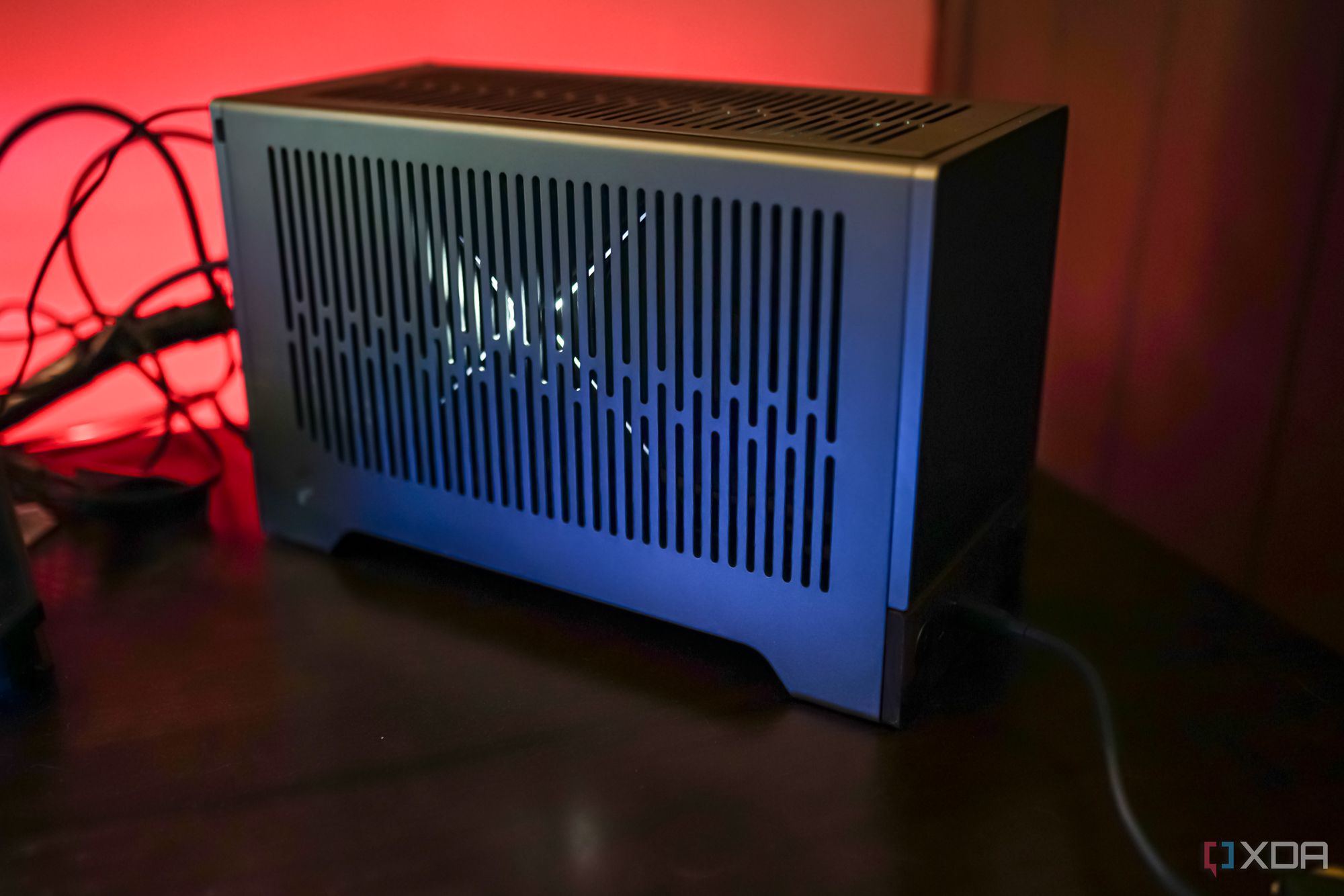
Related
My crazy powerful gaming PC feels like a ticking time bomb
We shouldn't have to worry that high-end hardware will burn itself up.
The 12VHPWR connector is only half of the story
The convenient explanation
There are two parts to the 12VHPWR story. There's the connector itself, and there's the power design of both RTX 40-series and RTX 50-series GPUs — and, in particular, the RTX 5090 and RTX 4090. If you have anything other than one of those two GPUs, you're fine. Although the issue with the 12VHPWR connector pertains to the actual connector itself, it's only an issue exposed by the insane power draw of the RTX 5090 and RTX 4090. At the very least, I haven't heard a single report of any other GPU with the 12VHPWR connector melting. Double-check that the cable is seated properly, and you're set.
For RTX 5090 and RTX 4090 owners, let's start with the connector. The 12VHPWR standard can deliver up to 600W of power, but it's better to think about it as 100W split up into six chunks for reasons that should become obvious shortly. With the RTX 4090, the prevailing theory was that the connector itself was the issue. It wasn't designed to account for user error, and because of that, it was easy to leave the cable only partially connected. You send 450W (or more) down tiny pins that aren't seated in their connector properly, and yeah, the plastic starts to melt. Go figure.
Naturally, everyone got to work fixing the issue. A thriving market of third-party connectors sprung up to account for rigs with unique form factors. Companies like MSI started using a different color of plastic to expose any seating issues, and the 12V-2x6 standard was introduced with longer current pins to keep connections secure. And, even better, Nvidia moved onto using the 12V-2x6 standard for its RTX 50-series GPUs. Problem solved.
But then RTX 5090s started melting.
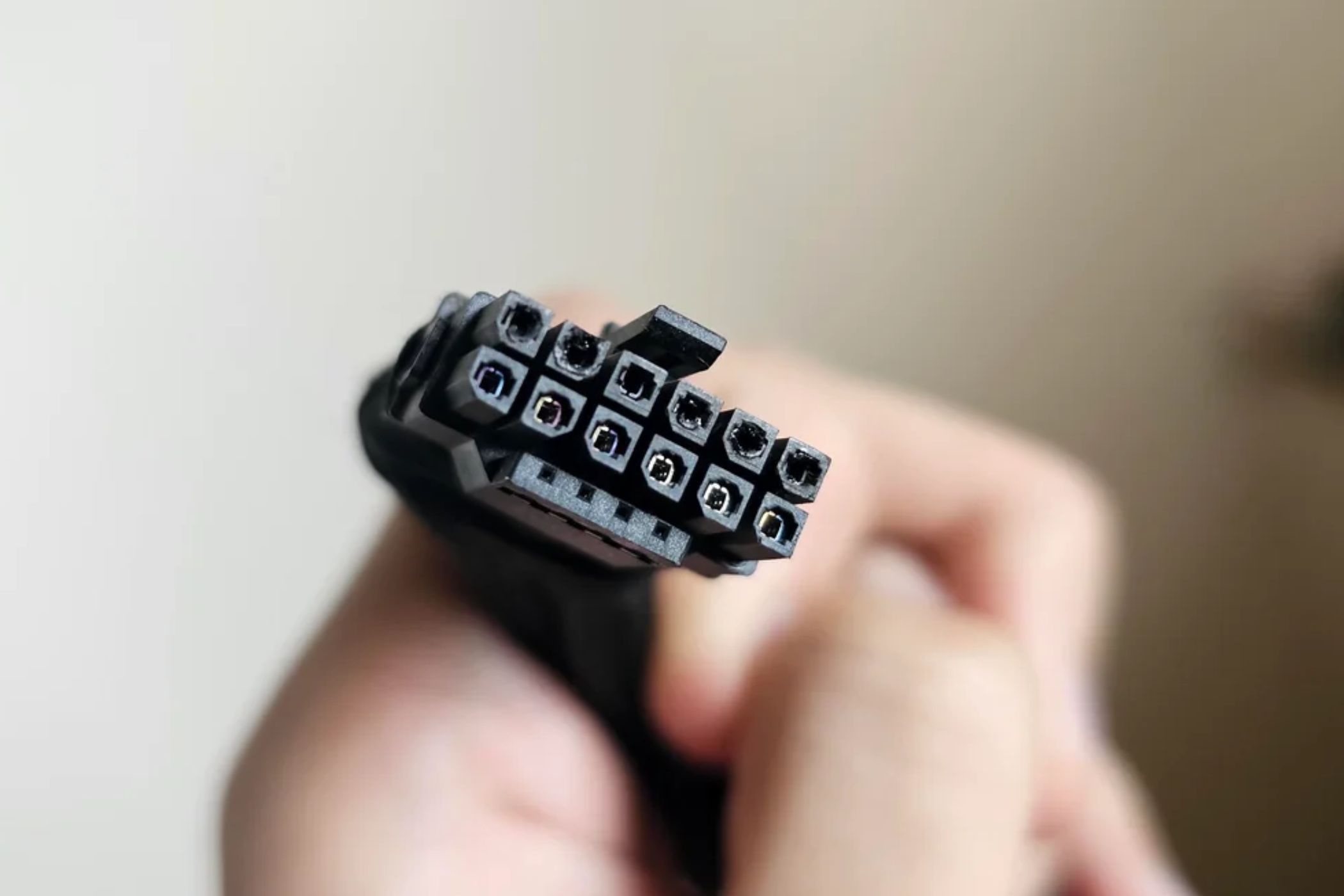
Related
Why doesn’t Nvidia stick to 8-pin PCIe cables?
Nvidia's 12VHPWR woes still exist, making everyone think why not use 8-pin cables like before?
Balancing current on the head of a pin
Literally, in fact
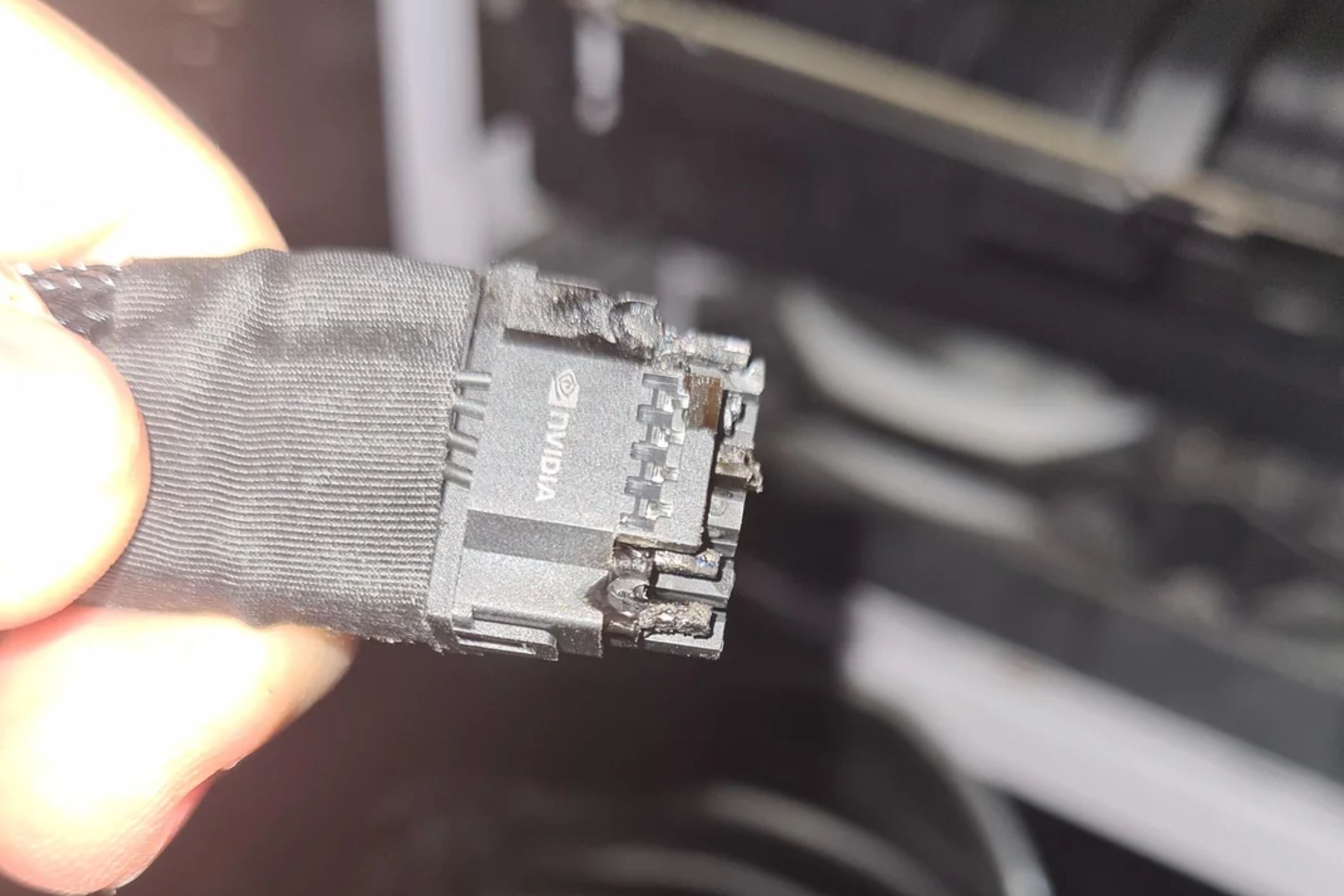
That brings us to the second part of the 12VHPWR saga, which is the power design of the RTX 5090 and RTX 4090. Ask yourself this: If the 12VHPWR connector is the main issue with melting power connectors, why wasn't it a problem for the RTX 3090 and RTX 3090 Ti? Those GPUs drew just as much power, so they should've started catching fire, too. They didn't because they used a different power design.
The 12VHPWR spec delivers 12-volt power across six current pins. With the RTX 3090 and RTX 3090 Ti, the GPU saw this power as three blobs of 200W. The first two current pins delivered 200W, as did the third and fourth, and the fifth and sixth. You separate the power in this way for protection. If the first two pins fail, be it from the cable, the connector, or for any other reason, you're not going to reroute the power to the other pins. That'd create a hazard, so instead, the GPU can't draw its full power, and you're forced to replace your cable, the GPU, or your power supply.
That isn't the case with the RTX 4090 and RTX 5090. While the RTX 3090 and RTX 3090 Ti attempt to balance the current across the six pins, the RTX 5090 and RTX 4090 don't. The full 600W is combined into a single blob of 12-volt power. You can cut the cables running to five of the six current pins on the 12VHPWR connector (or 12V-2x6; they use the same pin-out) and still send a full 600W over one cable. If you're struggling to visualize this, I'd highly recommend watching the Buildzoid (Actually Hardware Overclocking on YouTube) video embedded above. It's a fantastic illustration of the power issues.
You don't need to just trust someone's illustration of the power issues, either. A handful of brave souls have demonstrated how the RTX 4090 and RTX 5090 can draw up to 600W when some current pins are cut. My favorite demonstration of this comes from der8auer, which you can see above. In the video, the overclocker cut four of the six cables delivering 12V power, and demonstrates that a single cable can carry as much as 25 amps. Cables for the current pins aren't supposed to go above 9.5A.
No one is out here cutting cables on purpose, but you can clearly see that the RTX 5090 and RTX 4090 don't have enough safeguards in place, so much so that they have even fewer safeguards than the RTX 3090 Ti and RTX 3090. There are some extremely expensive models that have attempted to correct this issue, such as Asus' Astral offerings with Power Detector+. But most don't, including Nvidia's own Founder's Edition design.
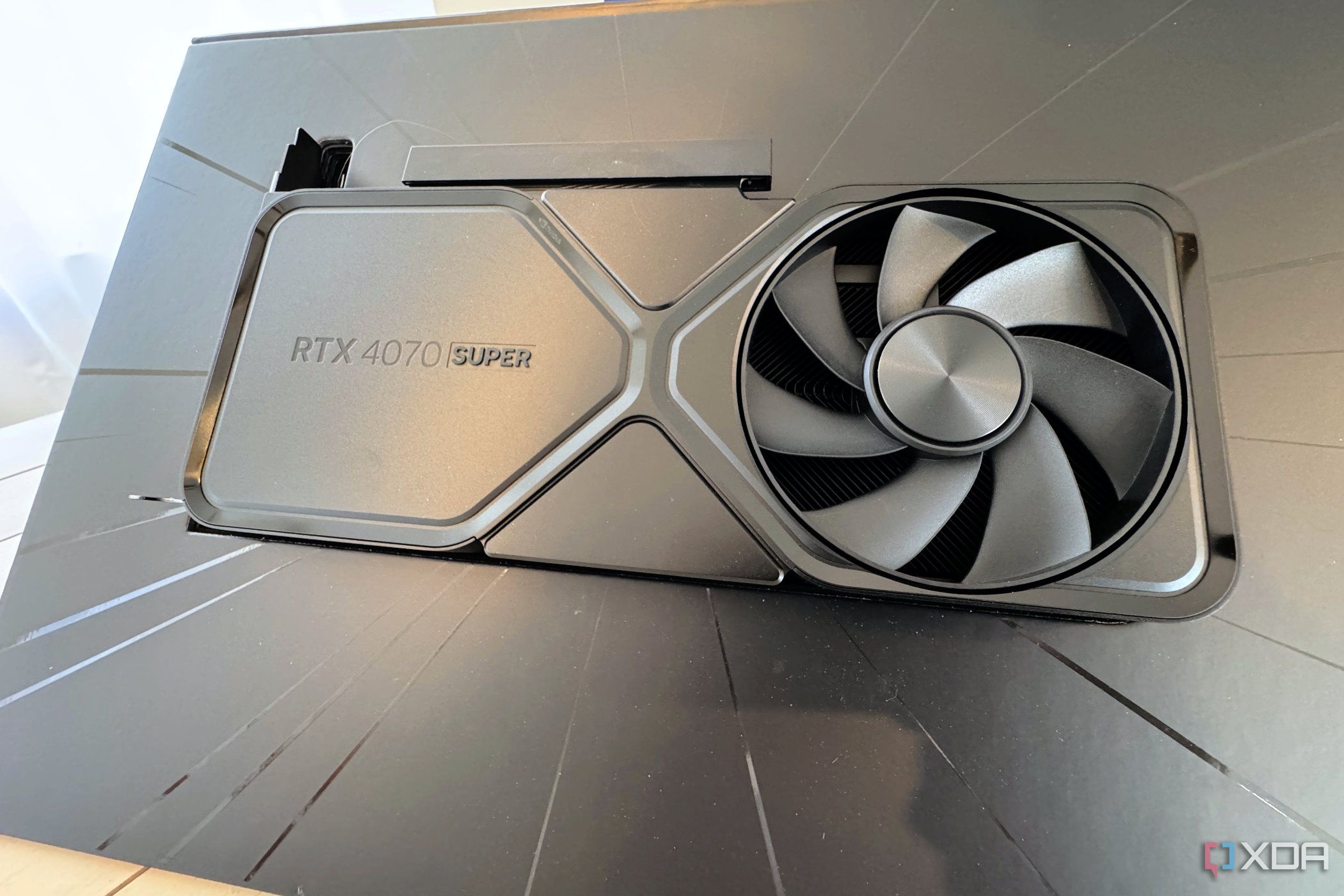
Related
These 6 features make Nvidia's RTX 40 series better than the 50 series
The RTX 40 series might be previous-gen now, but it's still better than RTX 50 for these 6 reasons
Too many variables for firm conclusions
Knowledge is your best friend on this one
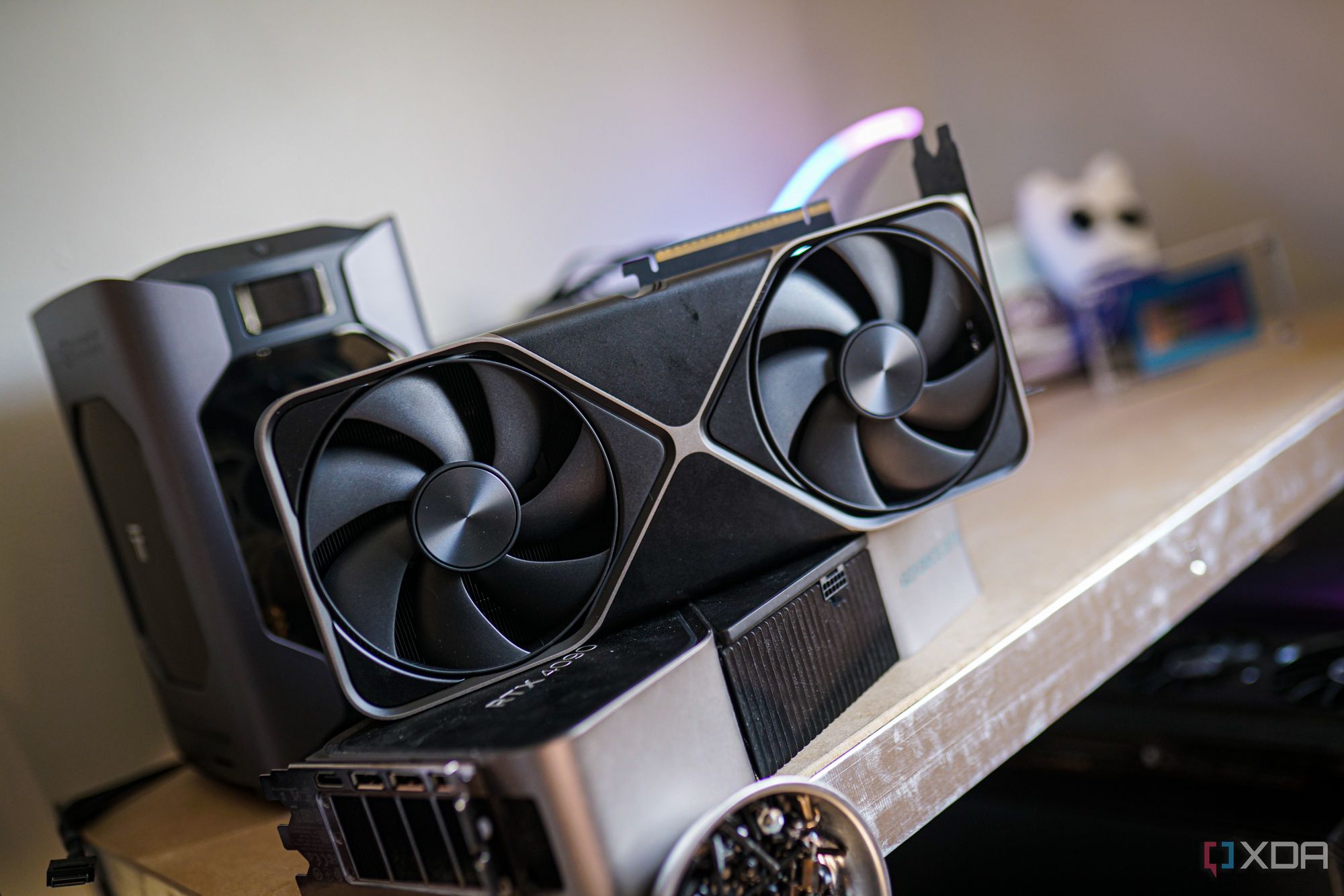
The RTX 4090 and RTX 5090 can melt, but the severity and likelihood of that happening depends on a lot of factors. Setups that shouldn't melt can, and setups that should melt won't. That's what happens when you're dealing with current flowing down a string of copper. Plugging a space heater and Christmas tree into three extension cables might not cause a fire, but that doesn't mean that's how you should plug things up. There are likely hundreds of thousands of homes in the US still wired with aluminum wiring, despite the fact that copper is infinitely safer. The difference between safe and unsafe comes down to the possibility of something happening, not some binary assessment, and that's true in the case of melting RTX 4090s and RTX 5090s.
For all of those about to leave the protection of warranty coverage, there are some things you can do to drill down on if you have a problem. First and foremost, just unplug the connector and look at it. The current pins on the 12VHPWR are the six pins directly below the four sense pins. If you see even slight discoloration on the current pins, and especially if you see any malformed plastic, put in a replacement request. This should only be a problem on the GPU end of things, but it's worth checking both ends of the cable, and even your power supply to make sure everything's above board.
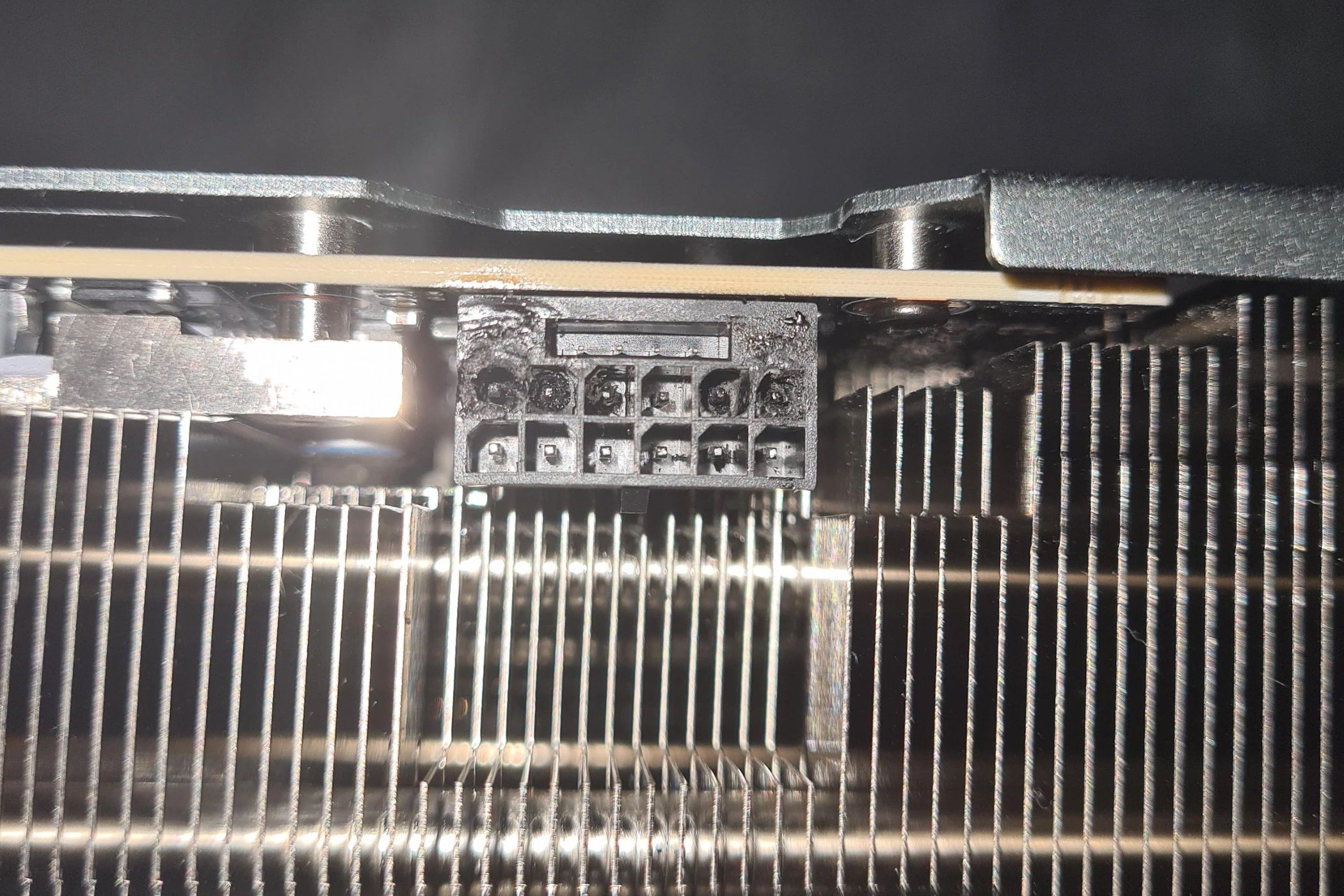
It's easy enough to know if you should make a warranty claim, but much more difficult to know if you'll be kicking yourself for not making one later. To that end, understand that a new GPU won't fix the problem, short of something like an ROG Astral. Because there's no attempt at load balancing on the GPU end of things, the goal of RTX 4090 and RTX 5090 owners should be that the lack of load balancing never becomes a problem in the first place. That means focusing in on your cable, not your graphics card.
A quick way to check for issues is to boot up a full workload for your GPU — something like FurMark — and feel the cables running to the six current pins. If one or two of them are significantly warmer than the others, you probably have a faulty cable that could lead to melting issues down the line. If you want something more concrete, you can pick up a cheap current clamp on Amazon to get a rough idea of the amperage running over each of the current cables. It shouldn't be above 10A per cable. Even if you do spot melting on your GPU, you should go through this check. The melting is a result of a faulty cable or power supply meeting a poor power design and/or improper installation.
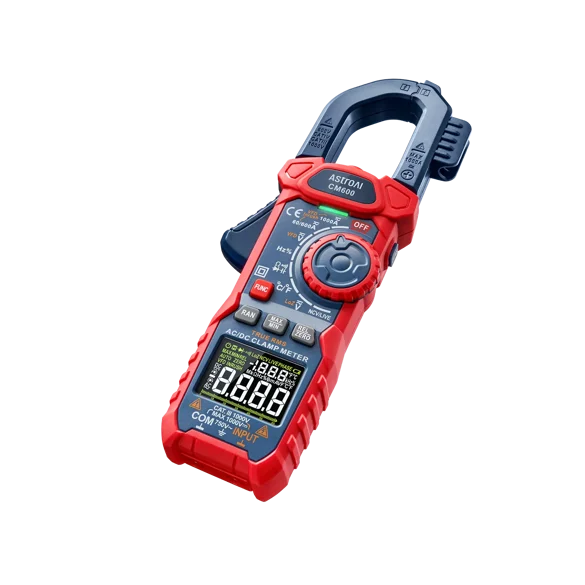
What you shouldn't do is continue to check for melting obsessively. If you want to do a quick check-in every six months or so, that's fine, but the 12VHPWR connector, reportedly, can start to wear out after 30 to 40 cycles. Some have tested the connector and claim it can go for well over 100 cycles, but it's best to err on the side of caution. There shouldn't be any reason to check for melting if the cable is seated properly and the load is balanced across the current pins, anyway.
Hopefully closing the book on the melting connector saga
The outrage about melting Nvidia connectors has settled down, and I sincerely hope that it doesn't spark back up. It's worth doing one final check-in before you're out of your warranty window, though. Given the complexity of the issue, and how variable it is from rig to rig, there are few hard and fast rules about the 12VHPWR connector short of making sure it's fully plugged in. The best thing you can do is understand the problem so you spot it before your PC becomes a fire hazard.
.png)
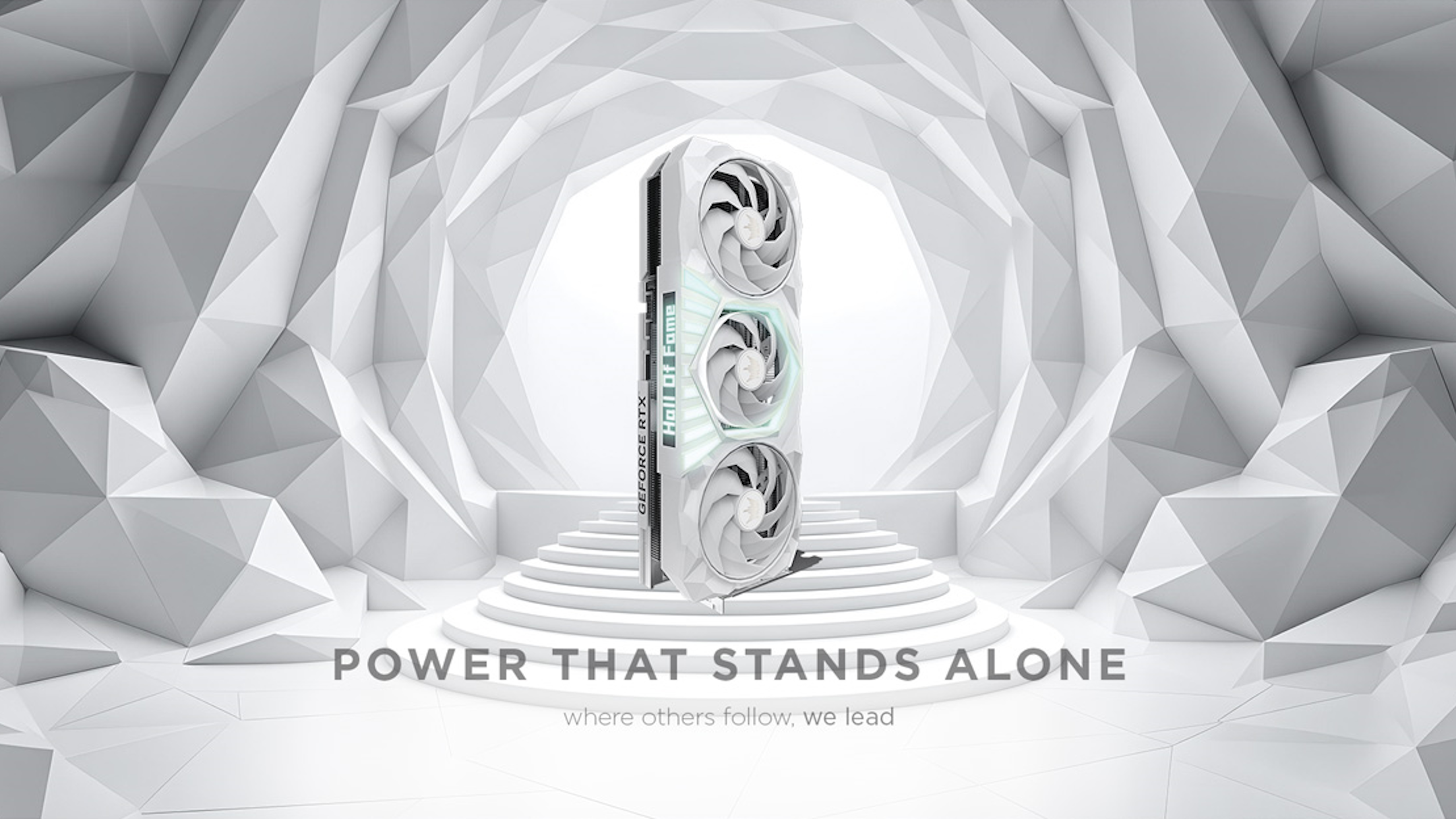

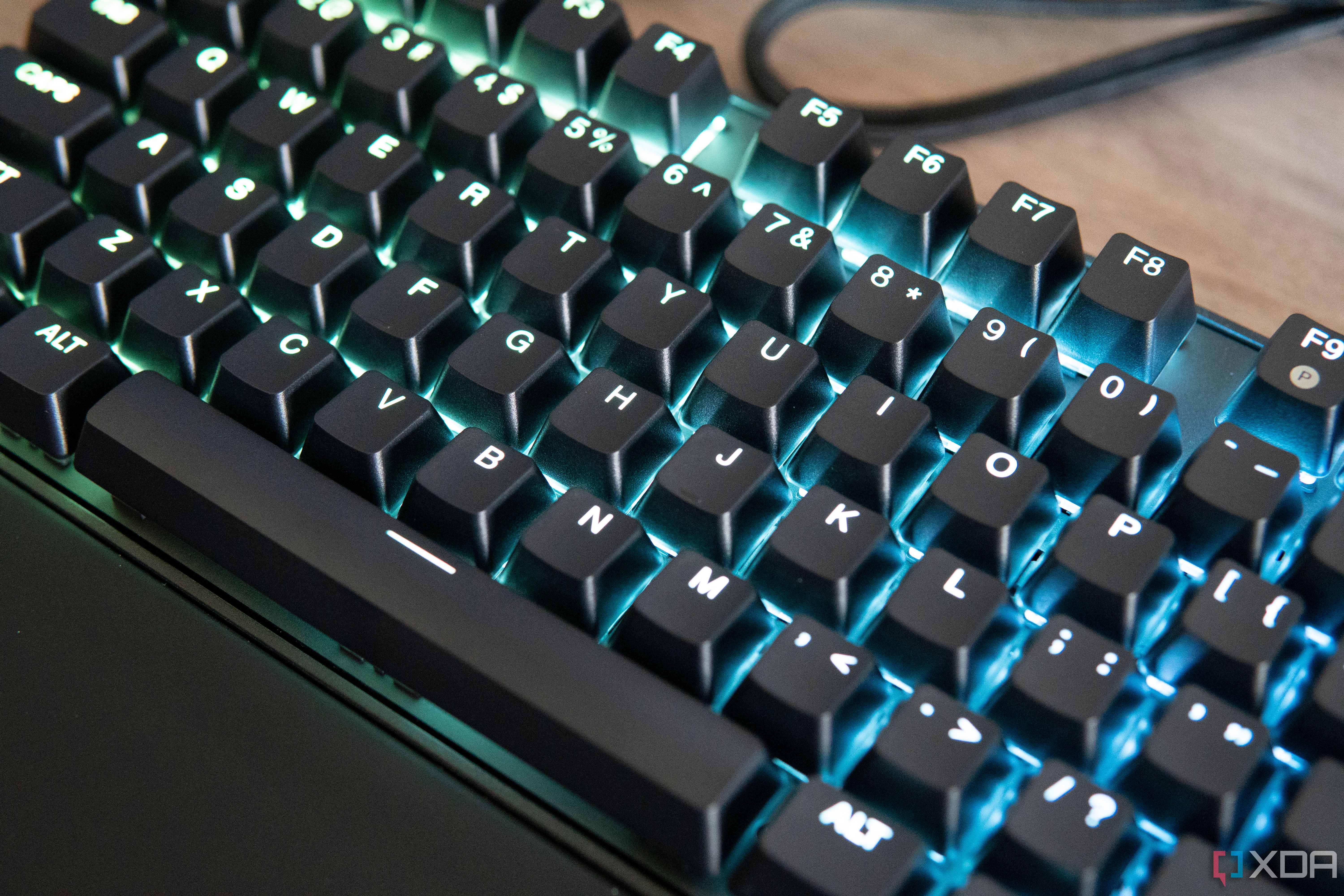









 English (US) ·
English (US) ·